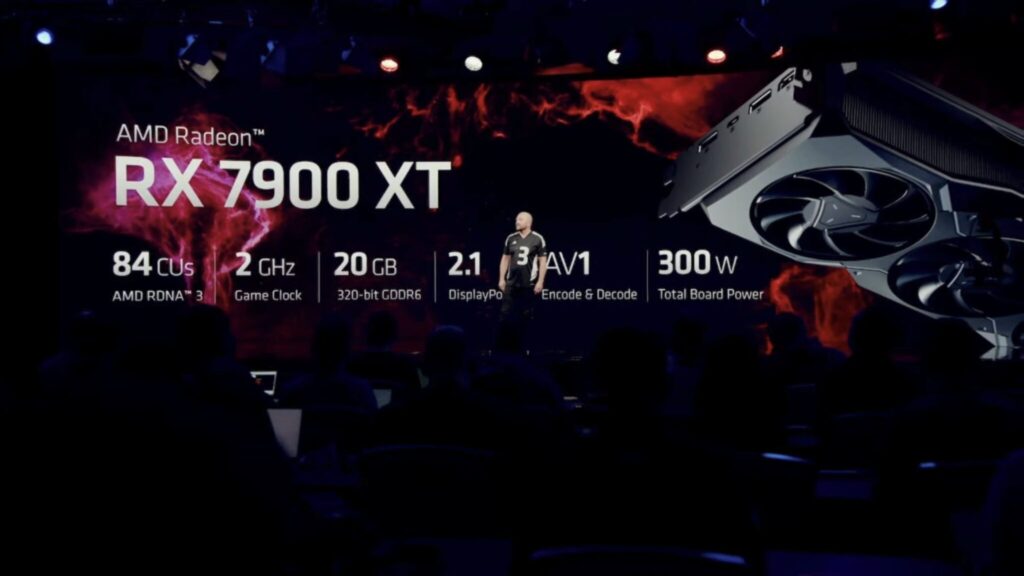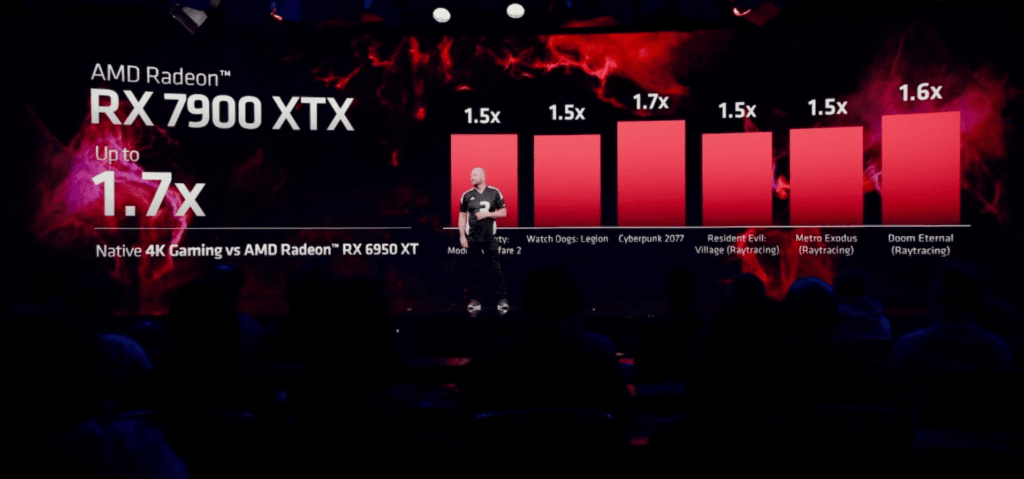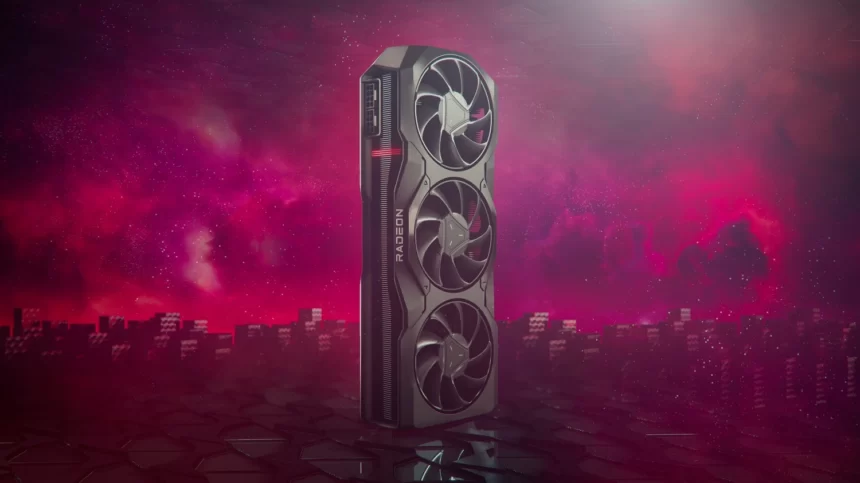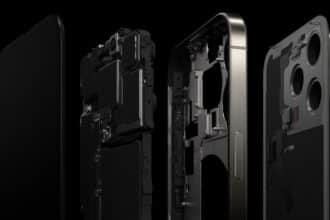AMD has announced its much awaited RDNA3 GPUs at the ‘together we advance gaming’ event. The shown performance metrics indicate a significant improvement over RDNA2. According to tradition, the first launch lineup will only include the most expensive SKUs, such as the flagship RX 7900 XTX and RX 7900 XT. At first glance, these GPUs seem to be fierce competitors and a significant danger to NVIDIA’s performance reign.
The RX 7900 XTX
We begin with the top tier RX 7900 XTX. Many enthusiasts and vintage gamers have the first impression that the moniker makes them think about the ATI Radeon X1900XTX. That was, of course, sixteen years ago. This naming convention has been brought back by AMD for the top-tier RX 7900 XTX.
Based on the Navi31 processor, this GPU is equipped with 12288 FP32 Units, or 48 WGPs (1 WGP = 256 Shading Units). This statistic alone is astonishingly 2.4 times greater than the previous generation. AMD has had enough of being the underdog. The 96MB of AMD’s renowned Infinity Cache found in the RDNA3 king. It has 960GB/s of effective bandwidth across a 384-bit bus with a 24GB memory configuration running at 20Gbps. The overall chiplet connectivity is 5.3 TB/s when Infinity Cache is taken into account.

The 7900 XT
The second model in AMD’s 79XX series, after the flagship RX 7900 XTX, is the RX 7900 XT. This SKU has a somewhat scaled-down Navi31 GPU, but don’t be fooled by the lower numbers this GPU is still quite powerful.
For a comparison of specifications, the 7900 XT has 42 WGPs or 10752 FP32 Units (Work Group Processors). A large 20GB of GDDR6 memory is available, spread over a 320-bit bus, for a memory bandwidth of 800GB/s. This effective memory bandwidth improves significantly when AMD’s renowned Infinity Cache is included in.

The RX 7900 Series is Surely Packed with Performance
In terms of raw rasterization at 4K, the RX 7900 XTX provides up to 1.7 times better performance. When it comes to ray tracing, team red claims a 50–60% advantage over previous generation, although no side-by-side comparisons with NVIDIA were shown on stage. The highest performance improvement is seen in e-sports games, with Valorant reaching 700FPS or more. Even challenging games like Call of Duty: Modern Warfare 2 operate at frame rates of above 300.

In contrast to NVIDIA with Lovelace, AMD felt considerably more certain with RDNA3. The performance stats are still astonishingly excellent despite not being what the rumours stated. In raw raster, we anticipate the 7900 XTX to be somewhat slower than the RTX 4090. AMD’s price is just impossible to match this time around, however. If NVIDIA wants to increase the sale of Ada GPUs, they may need to reconsider their price approach.





